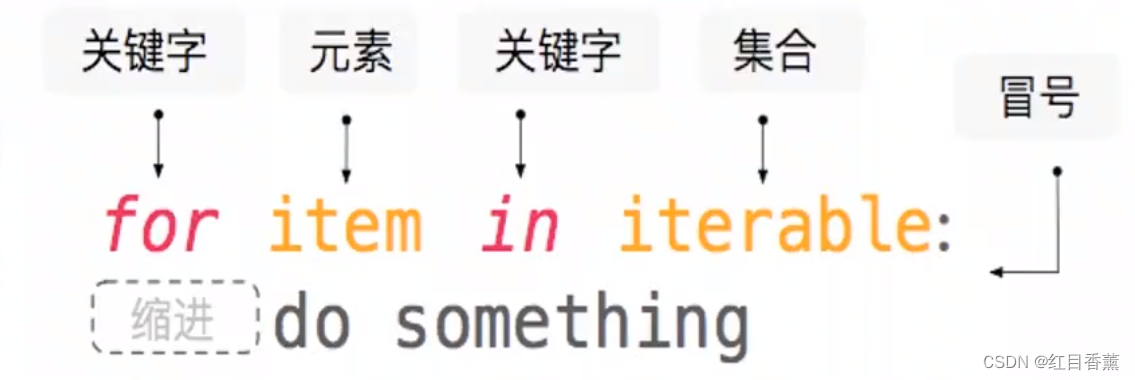【线性表与Python的其他数据结构】:集合、映射与线性表的融合之道
发布时间: 2024-09-12 09:04:34 阅读量: 53 订阅数: 23 


# 1. 数据结构基础与线性表的实现
数据结构是计算机存储、组织数据的方式,使得数据可以高效地被查询和修改。在本章中,我们将探讨数据结构的基础知识,并详细讲解线性表的实现。
## 1.1 数据结构概述
数据结构通常分为两大类:基本数据结构和复合数据结构。基本数据结构包括数组、链表、栈、队列等,它们是构建复杂数据结构的基础。复合数据结构如树、图、哈希表和堆,则由基本结构组合而来,用于解决更具体的问题。
## 1.2 线性表的概念
线性表是最简单也是最常用的数据结构之一,它代表一系列有序的元素。线性表的特性是任何元素(除了第一个和最后一个)都有一个前驱和一个后继。在计算机科学中,线性表可以通过数组或链表实现。
## 1.3 线性表的数组实现
线性表通过数组实现时,数据元素存放在连续的内存空间中,这使得元素的访问变得非常快速(时间复杂度为O(1))。不过,数组的插入和删除操作效率较低,因为这可能需要移动大量元素来维护连续性。
```python
# 示例:使用数组实现的线性表
class ArrayList:
def __init__(self):
self.array = []
def insert(self, index, value):
self.array.insert(index, value)
def remove(self, value):
self.array.remove(value)
def get_value(self, index):
return self.array[index]
```
通过以上代码块,我们可以看到数组实现的线性表的基本操作。这种基础数据结构在算法和软件开发中具有广泛的用途。在接下来的章节中,我们将进一步深入探讨线性表的应用以及和其他数据结构的结合。
# 2. Python中的集合与映射结构
在数据结构的世界里,集合与映射(字典)是两种强大的数据组织方式,它们能够提供快速的成员关系测试、数据访问和存储。Python作为一门高级编程语言,内置了对集合和映射结构的原生支持。这使得Python程序在处理大量数据时,能够更加简洁和高效。本章节将深入探讨集合和映射的基本概念、操作、高级特性以及在Python中的应用。
## 2.1 集合的基本概念和操作
集合是无序且元素唯一的序列,它在Python中由set类实现。集合适合用于进行成员关系测试和消除重复元素。此外,集合支持数学上的集合并、交、差等运算。
### 2.1.1 集合的定义和创建方法
在Python中,创建一个集合很简单,可以使用花括号`{}`或者`set()`函数。例如:
```python
# 使用花括号创建集合
my_set = {1, 2, 3}
# 使用set()函数创建集合
another_set = set([3, 4, 5])
print(my_set)
print(another_set)
```
输出将是:
```
{1, 2, 3}
{3, 4, 5}
```
注意,使用花括号`{}`时,如果初始化集合只包含一个元素,则必须在元素后加上逗号,否则会将其视为普通的数据类型而非集合。例如:
```python
single_element_set = {5} # 这是一个整数,而非集合
single_element_set_with_comma = {5,} # 这是一个包含一个元素5的集合
```
集合是可变类型,意味着我们可以在创建之后添加或删除元素。
### 2.1.2 集合的运算和应用场景
集合的运算包括并集、交集、差集等。这些运算的直观理解如下:
- 并集:合并两个集合中的所有元素,例如`{1, 2, 3} | {3, 4, 5}`的结果是`{1, 2, 3, 4, 5}`。
- 交集:找出两个集合中共有的元素,例如`{1, 2, 3} & {3, 4, 5}`的结果是`{3}`。
- 差集:找出在第一个集合中但不在第二个集合中的元素,例如`{1, 2, 3} - {3, 4, 5}`的结果是`{1, 2}`。
集合的运算在Python中可以通过运算符或者集合的方法来实现,具体如下表所示:
| 运算符或方法 | 描述 | 示例 |
|--------------|--------------------|------------------------|
| \| | 并集 | `a \| b` |
| & | 交集 | `a & b` |
| - | 差集 | `a - b` |
| ^ | 对称差集(并集 - 交集) | `a ^ b` |
| update() | 原地更新为并集 | `a.update(b)` |
| intersection_update() | 原地更新为交集 | `a.intersection_update(b)`|
| difference_update() | 原地更新为差集 | `a.difference_update(b)` |
这些运算不仅在理论上有用,而且在处理如数据去重、关系合并等实际问题时都非常有效。例如,考虑一个场景,我们需要将两个数据源中的重复数据去除,并保留所有独特数据项:
```python
list1 = [1, 2, 3, 4, 5]
list2 = [4, 5, 6, 7, 8]
# 将列表转换为集合
set1 = set(list1)
set2 = set(list2)
# 计算并集保留所有独特项
combined_set = set1 | set2
# 转换回列表
unique_list = list(combined_set)
print(unique_list)
```
输出可能是:
```
[1, 2, 3, 4, 5, 6, 7, 8]
```
## 2.2 映射结构的基本概念和操作
映射结构是一种将键(key)映射到值(value)的数据结构,在Python中由`dict`类实现。每个键在映射中只出现一次,对应一个值。
### 2.2.1 映射(字典)的定义和创建方法
字典的创建可以使用大括号`{}`或者`dict()`构造函数。创建时,键和值用冒号`:`分隔,并且每对键值之间用逗号`,`分隔。例如:
```python
# 使用大括号创建字典
my_dict = {'a': 1, 'b': 2, 'c': 3}
# 使用dict构造函数创建字典
another_dict = dict(a=1, b=2, c=3)
print(my_dict)
print(another_dict)
```
输出将是:
```
{'a': 1, 'b': 2, 'c': 3}
{'a': 1, 'b': 2, 'c': 3}
```
字典的键必须是不可变类型,比如字符串、数字或元组。值可以是任何数据类型,包括其他字典。
### 2.2.2 映射的常用操作和特性
映射结构支持通过键来访问、添加、删除元素。以下是一些常用操作:
- 访问元素:通过键访问,例如`my_dict['a']`。
- 添加或修改元素:通过键赋值,例如`my_dict['d'] = 4`。
- 删除元素:使用`del`语句或`pop`方法,例如`del my_dict['a']`或`my_dict.pop('a')`。
字典操作的性能非常高效,主要是因为它内部通过哈希表实现。哈希表能够在平均情况下以O(1)的时间复杂度快速查找和访问元素。下表展示了一些常用的字典操作:
| 操作 | 描述 | 示例 |
|-----------------------|----------------------------------------|--------------------------|
| d[key] | 访问字典中的值 | `d = {'a': 1}; d['a']` |
| d[key] = value | 添加或修改键值对 | `d['b'] = 2` |
| del d[key] | 删除键值对 | `del d['a']` |
| key in d | 检查键是否在字典中 | `'a' in d` |
| d.keys() | 返回一个字典视图,显示所有键 | `d.keys()` |
| d.values() | 返回一个字典视图,显示所有值 | `d.values()` |
| d.items() | 返回一个字典视图,显示所有键值对 | `d.items()` |
使用映射可以高效地通过键来检索信息,例如:
```python
# 通过键访问字典中的值
value = my_dict['b']
print(value) # 输出:2
# 添加或修改字典中的值
my_dict['d'] = 4
# 删除字典中的项
del my_dict['c']
```
字典中元素的添加和修改都非常直接。字典的动态性意味着你可以随时添加新键值对或修改现有键值对,而无需担心固定大小的限制。
## 2.3 集合与映射在Python中的高级特性
Python不仅提供了基本的集合和映射类型,还支持使用集合推导式和映射推导式来创建集合和映射的高级特性。这些特性可以在一行代码内完成复杂的集合或映射操作。
### 2.3.1 集合与映射的性能考量
在考虑集合和映射的性能时,需要注意几个关键点:
- 集合和字典的查找时间复杂度通常为O(1),这使得它们在需要快速访问元素时非常有用。
- 集合和字典的元素插入和删除操作也是高效的,通常时间复杂度为O(1)。
- 字典中的键必须是不可变类型,这是由于可变类型无法被哈希表正确索引。
### 2.3.2 集合推导式和映射推导式
集合推导式和映射推导式为创建集合和映射提供了一种快捷且清晰的方法。它们类似于列表推导式,但是生成的是集合和映射类型。
- **集合推导式**:`{expression for item in iterable if condition}`,例如:
```python
squared_numbers = {x**2 for x in range(10)}
print(squared_numb
```
0
0





